What does it take to launch 5G into space?
As the world becomes more interconnected, advancements in communication technology are vital to support increased demand. 5G technology has already brought significant improvement in wireless connectivity, and the next step is to launch 5G into space. Direct-to-device satellite connectivity is set to revolutionize the satellite communication market by bridging the gap between terrestrial and non-terrestrial networks (NTN). However, it comes with significant challenges. In this article, we will explore what it takes to launch 5G into space and how to overcome some of the technical challenges of 5G NTN.
When it comes to satellite communication, understanding the link budget is critical to determining the feasibility and performance of 5G NTN systems. The link budget determines the maximum distance a signal can travel while maintaining an acceptable signal-to-noise ratio. This calculation is particularly important for 5G NTN communication, which requires high data rates and low latency. Our feasibility studies and real-world test simulations have repeatedly shown that it is possible to close the link budget, which showcases the potential for successful implementation.
Read more about our feasibility studies and network emulation tools.
Enabling 5G connectivity from space requires global coverage. One of the key advantages of GEO satellites is their ability to cover a broad geographical area, with a single satellite capable of serving an entire continent. This makes them an ideal solution for delivering high-speed internet and other advanced communication services to remote or underserved regions.
Despite their advantages, there are several challenges associated with the use of geo satellites for 5G connectivity. One of the primary challenges is the propagation delay caused by the distance between the satellite and the ground station. This delay can affect real-time applications such as voice and video communication.
Compared to GEO satellites orbiting at 36.000 km, LEO satellites orbit at a lower altitude resulting in shorter round-trip times and lower latency. They are also capable of providing enhanced coverage for 5G NTN communication, especially in remote or rural areas. Additionally, LEO satellites can provide a reliable backup for terrestrial networks in the event of natural disasters or other emergencies.
LEO satellites require a larger number of satellites to achieve global coverage due to their lower altitude and shorter orbital period. As a result of the lower altitude, the signal travel time is significantly reduced, which in turn reduces the propagation delay. However, the relative motion between the LEO satellite and ground station is much higher, which leads to Doppler shifts in the frequency of signals transmitted to or from the satellites.
5G NTN System Architecture – Transparent Mode

Overcoming technical challenges of 5G NTN
To address the challenges associated with 5G connectivity via satellite, implementing advanced software protocols can play a crucial role. This could for instance be in relation to propagation delay, where software protocols can contribute to mitigating this challenge by optimizing data transmission and reception processes.
Protocol stacks are designed to handle packet loss and optimize data flow to enhance the efficiency of communication over long distances. These protocols, built to compensate for delays and potential disruptions, ensure that data packets are transmitted and received in a seamless manner, reducing the impact of propagation delay on real-time applications. Additionally, implementing error correction algorithms within the protocols can further enhance the reliability of data transfer, compensating for any potential signal degradation over the vast distances involved.
In the LEO satellites, software protocols can address the challenge of Doppler shift. Adaptive protocols that dynamically adjust to the changing frequency conditions can help maintain signal integrity. By constantly analyzing and adapting to the Doppler shifts, these protocols ensure a stable and reliable connection between the LEO satellites and ground stations, minimizing disruptions in communication.
Furthermore, the scalability of LEO satellite constellations, which requires a larger number of satellites for global coverage, can be effectively managed through intelligent software protocols. These protocols can facilitate efficient coordination and communication among the multitude of satellites in the constellation. By dynamically optimizing the routing of data packets and managing the handoff between satellites as they orbit the Earth, these protocols contribute to achieving seamless global coverage without compromising on connectivity or experiencing significant delays.
In conclusion, the challenges associated with 5G connectivity via satellites, whether GEO or LEO, can be effectively addressed through the implementation of sophisticated software protocols. These protocols, designed to optimize data transmission, compensate for signal delays, and dynamically adapt to changing conditions, play a pivotal role in ensuring reliable and high-performance communication services.
Read more about our 5G NTN protocol stacks for UE software or NodeB software
As the satellite industry continues to evolve, advancements in software protocols will be instrumental in overcoming the complexities associated with delivering seamless 5G connectivity globally.

Raphaela Oliveira Teixeira, Sales Executive at Gatehouse Satcom, is helping businesses realize their 5G NTN strategies. Gatehouse Satcom is a full member of 3GPP and actively contributing to the standardization through extensive knowledge of satellite communication.
Want to know more about 5G NTN? Please contact Raphaela Oliveira Teixeira at [email protected] or connect on LinkedIn.

Other news
Let’s get in touch
Get in touch with us to learn how embedded satellite communications software can enable your roadmap to compete in the rapidly evolving market for connectivity. You can contact us with any specific inquiries or to set up a meeting.
We look forward to hearing from you and to discuss your satellite communications software needs.
